New traffic cameras catch over 6,000 offences in first month, from illegal U-turns to stopping in yellow boxes
The Singapore traffic police plan to fully operationalise the system in the first quarter of next year.
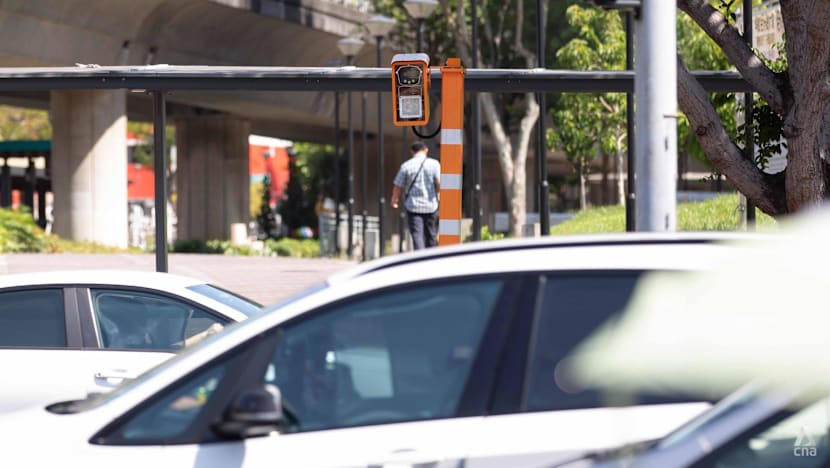
A traffic violation enforcement camera currently being tested by the Singapore traffic police seen along Tampines Ave 4 on Oct 30, 2025. (Photo: CNA/Lim Li Ting)

This audio is generated by an AI tool.
SINGAPORE: The traffic police are testing new cameras that can detect offences such as illegal U-turns, crossing double white lines and stopping in yellow boxes.
In the first month of the trial, which began in September, the cameras detected more than 6,000 traffic violations across 11 locations, the Singapore Police Force (SPF) said in a media factsheet on Friday (Oct 31).
As the trial is ongoing, no action will be taken against the offenders during this period. Police said they will review the violations to assess the cameras' accuracy and effectiveness.
More of these traffic violation enforcement cameras will progressively be deployed at accident-prone areas and sites where offences are frequently reported.
The new devices are mobile and can be moved according to enforcement needs. The police aim to fully operationalise the system in the first quarter of 2026, and camera locations will be published on the SPF website.
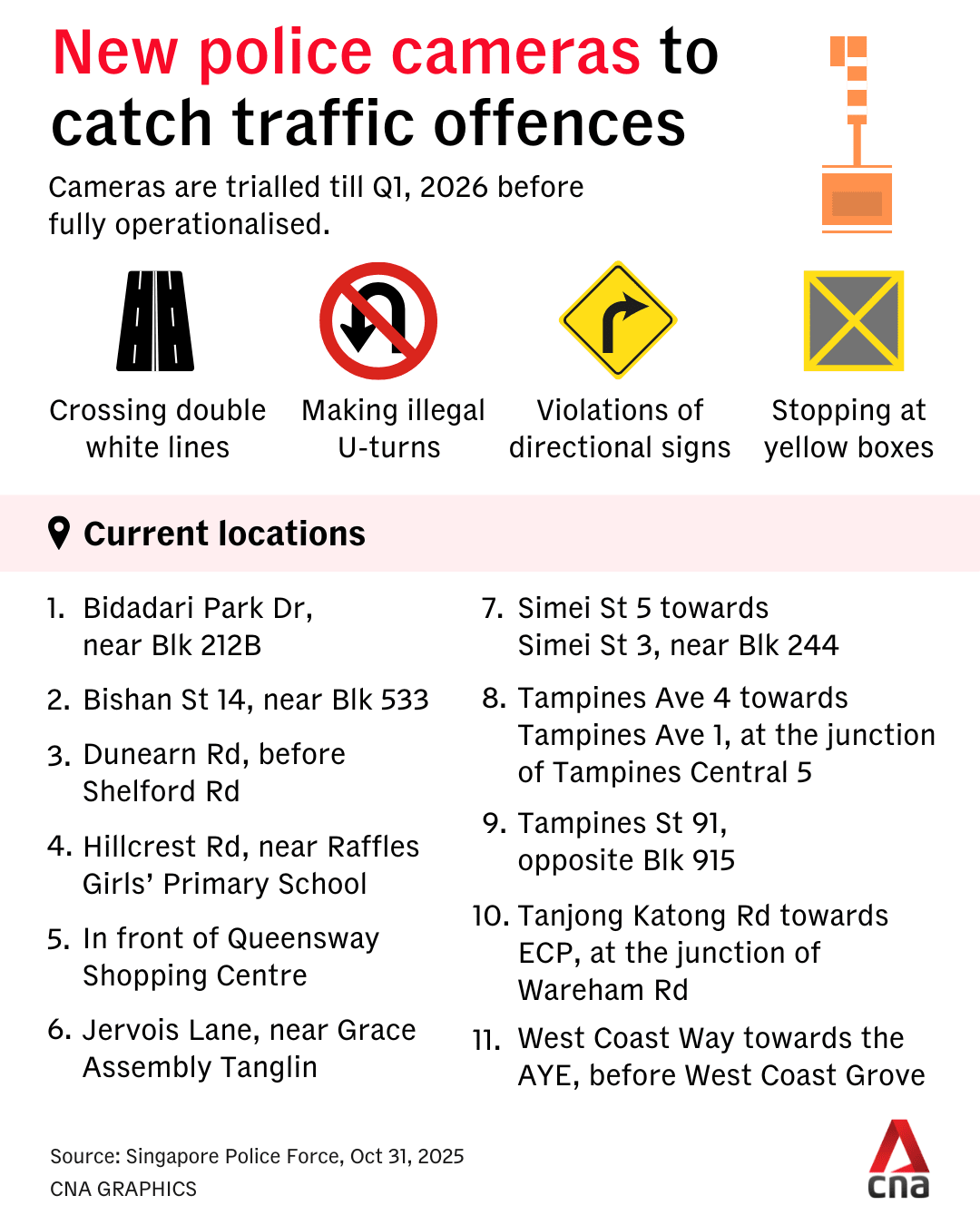
Painted in bright orange and white stripes, the cameras are designed to be clearly visible to motorists – similar to existing enforcement cameras.
"Together with existing enforcement cameras, traffic violation enforcement cameras will strengthen the traffic police's enforcement capabilities and expand coverage across the island around the clock," said SPF.
Since the trial began, the cameras have picked up an average of 20 offences per day across all 11 sites. Among the most common violations were motorists crossing double white lines, especially in areas with heavy traffic.
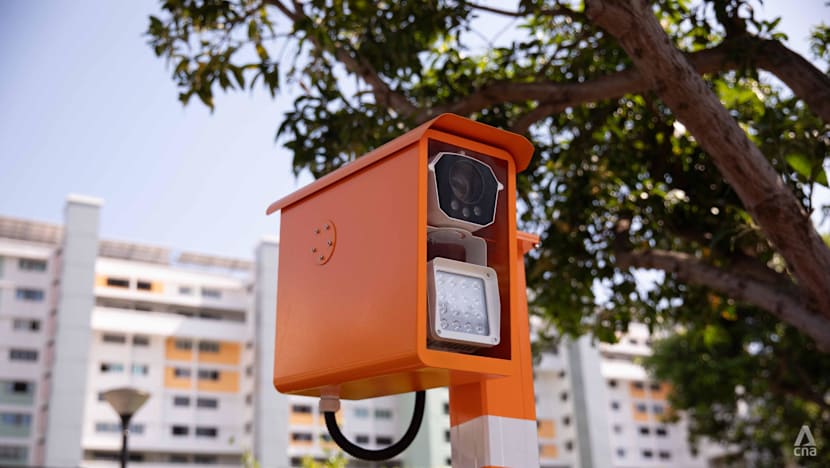
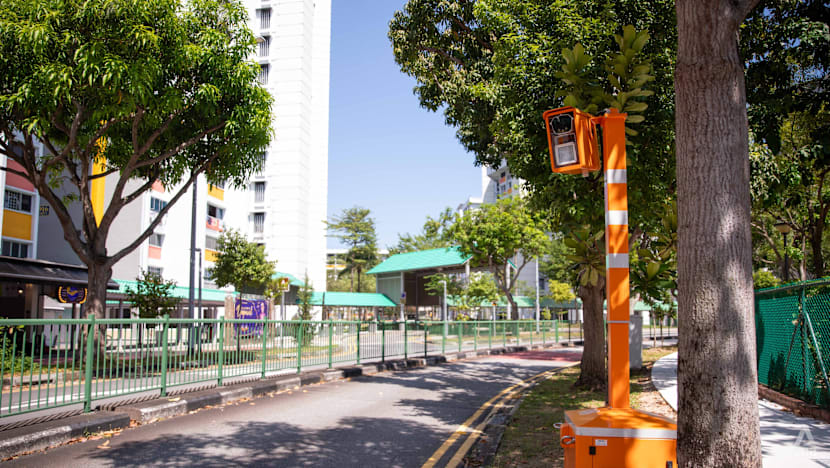
HOW THE NEW CAMERA WORKS
The camera system uses video analytics and automatic number plate recognition to detect offences in real time.
It can capture movement patterns and identify vehicles that commit offences such as running red lights, making illegal U-turns, ignoring directional signs and stopping in yellow boxes.
The video analytics module continuously monitors a vehicle's movement within the camera's detection zone. When an illegal action is detected, the system captures an image or video along with key details such as plate number, timestamp and type of offence. The information can then be used for follow-up enforcement.
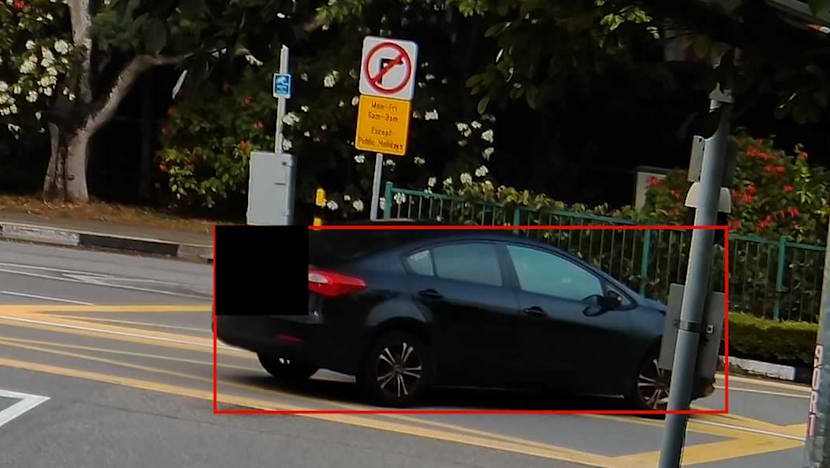
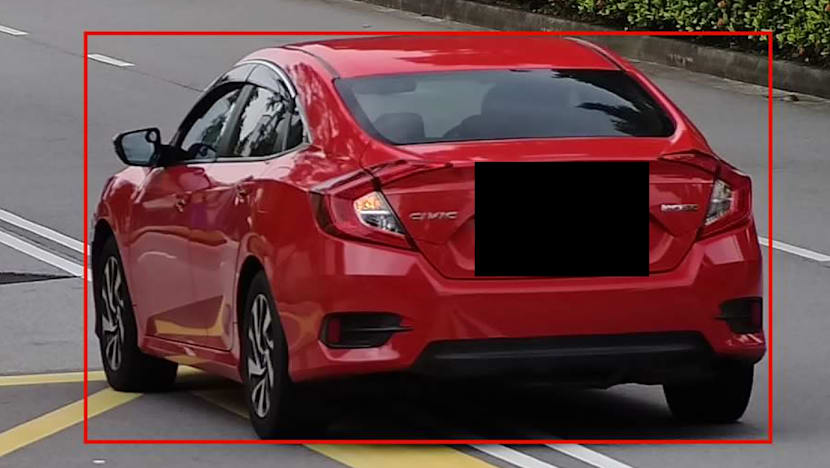
Asked why the new cameras are needed, the traffic police pointed to the increase in the number of road traffic accidents and casualties in the first half of 2025.
While enforcement against speeding has already been stepped up, the police also want to address other dangerous driving behaviours.
Currently, there are no cameras that handle these types of technical violations, with such offences typically enforced manually by auxiliary police officers. But since manpower is limited, officers cannot be deployed around the clock.
"To be a more effective deterrent, we need to have a 24/7 solution to it. So that is why we are moving towards cameras," said the traffic police.
















